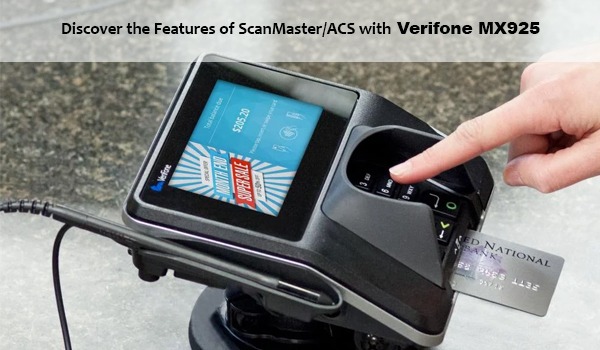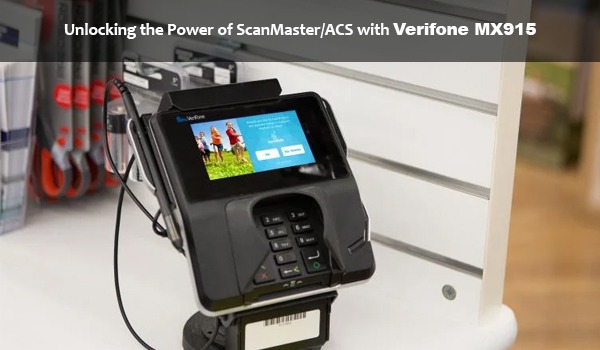
Introduction
Automated Clearing House (ACH) is a secure and efficient electronic payment network that enables the transfer of money between banks and financial institutions in the United States. In this comprehensive guide, we will delve into the intricacies of ACH Credit and Debit, understanding their functioning, importance, and benefits.
What is ACH?
ACH, or Automated Clearing House, is an electronic network that facilitates the movement of funds in the United States. It acts as a reliable intermediary between the banks involved in the transaction, enabling seamless transfers without the need for physical checks or cash. ACH processes a wide range of transactions, including direct deposits, bill payments, and online transfers.
How does ACH Credit work?
ACH Credit refers to the process of initiating funds transfer from one bank account to another. It enables individuals and businesses to electronically deposit money into the recipient's bank account. ACH Credit can be used for direct deposit of salaries, payments to vendors, or any other situation where money needs to be transferred electronically.
How does ACH Debit work?
On the other hand, ACH Debit involves the authorization for a transaction to debit funds from an account. It is commonly used for recurring payments such as utility bills or loan installments. When an ACH Debit is initiated, funds are electronically withdrawn from the payer's bank account and transferred to the payee's account.
Importance and Benefits
ACH Credit and Debit play a vital role in streamlining transactions and offer several benefits to individuals and businesses alike.
Streamlining Transactions
By eliminating the need for physical checks, ACH simplifies and expedites fund transfers. It reduces the reliance on manual processes, enhancing overall efficiency and saving time for both the payer and the payee. Furthermore, it enables the automation of payment processing, reducing errors associated with manual entry.
Cost-effectiveness
Compared to traditional payment methods like paper checks or wire transfers, ACH transactions are significantly more cost-effective. The cost per transaction is minimal, making it an attractive choice for businesses as it helps reduce operational expenses.
Enhanced Security and Efficiency
ACH transactions are highly secure as they comply with strict industry standards and regulations. This ensures the protection of sensitive financial information, reducing the risk of fraud or unauthorized access. Moreover, ACH operates electronically, eliminating the need for manual handling and reducing the chances of errors or misplacement of payment documents.
ACH Credit: The Ins and Outs
Understanding ACH Credit
ACH Credit allows businesses and individuals to electronically deposit funds into another bank account. It provides a convenient and efficient means of transferring money, offering an alternative to paper checks and physical cash.
Functions and Benefits
The key function of ACH Credit is to facilitate direct deposits, such as employee salaries, pension payments, or tax refunds. Additionally, it enables businesses to make payments to vendors, partners, or contractors electronically, improving cash flow management and operational efficiency.
Typical Use Cases
ACH Credit finds widespread use in various scenarios, including:
- Payroll Processing: Employers utilize ACH Credit to deposit salaries directly into employees' bank accounts, eliminating the need for physical checks.
- Billing and Invoicing: Businesses can use ACH Credit to enable customers to pay invoices electronically, ensuring timely payments and reducing administrative overhead.
- Government and Social Benefit Payments: ACH Credit is employed for disbursing various benefits, such as unemployment benefits, Social Security payments, and tax refunds.
Initiating ACH Credit Transactions
Authorization and Consent
Before initiating an ACH Credit transaction, proper authorization and consent must be obtained from the account holder. This ensures compliance with regulatory requirements and prevents unauthorized withdrawals.
Required Information
To initiate an ACH Credit transaction, the following information is required:
- Recipient's bank account number
- Recipient's bank routing number
- The amount to be transferred
- Description or reference for the transaction (optional)
Execution and Settlement
Once the required information is gathered and the transaction is authorized, the ACH Credit process is set in motion. The sender's bank electronically transfers the specified funds to the recipient's bank account. Settlement typically occurs within one to two business days, ensuring timely availability of funds.
ACH Debit: Underlying Concepts
Understanding ACH Debit
ACH Debit involves the initiation of a transaction to withdraw funds from a payer's account and deposit them into the payee's account. It is often used for recurring or regular payments, providing a hassle-free means of streamlining financial obligations.
Common Utilizations
ACH Debit is commonly used in various scenarios, including:
- Utility Bill Payments: Many consumers and businesses opt for ACH Debit to pay their utility bills automatically. This eliminates the need to write and mail physical checks, ensuring timely payments.
- Loan Repayments: Financial institutions often utilize ACH Debit to collect loan installments from borrowers' accounts. This automated process reduces the risk of missed payments and streamlines the repayment process for both parties.
- Subscription Services: Companies offering subscription-based services, such as streaming platforms or membership sites, prefer ACH Debit as a convenient and secure means of collecting recurring payments.
Authorization and Approval
To initiate ACH Debit transactions, the payer needs to provide proper authorization and approval. This can be in the form of signed agreements, online consent, or a verbal agreement, depending on the platform or service provider.
Transaction Types and Timing
ACH Debit transactions can be classified into two types:
- Single-entry ACH Debit: This involves a one-time debit from the payer's account for a specific transaction or payment.
- Pre-authorized ACH Debit: This allows for recurring or scheduled debits from the payer's account, such as monthly subscription payments or loan installments.
The timing of ACH Debit transactions can vary depending on the specific payment agreement or service provider. It is essential for payers to be aware of the scheduled debit dates to ensure sufficient funds are available in their account.
Handling Exceptions and Disputes
In cases where a payer disputes a transaction or encounters exceptions, there are procedures in place to resolve such issues. This includes providing documentation, communication with the financial institution, and adhering to industry-standard dispute resolution processes.
Conclusion
Understanding ACH Credit and Debit is crucial in today's digital environment. They offer a secure, efficient, and cost-effective alternative to traditional payment methods. By embracing these electronic payment solutions, individuals and businesses can unlock new opportunities for seamless financial transactions, ensuring efficiency, convenience, and compliance with regulatory requirements. The future holds even more promising innovations, making it an exciting time for embracing ACH Credit and Debit.









